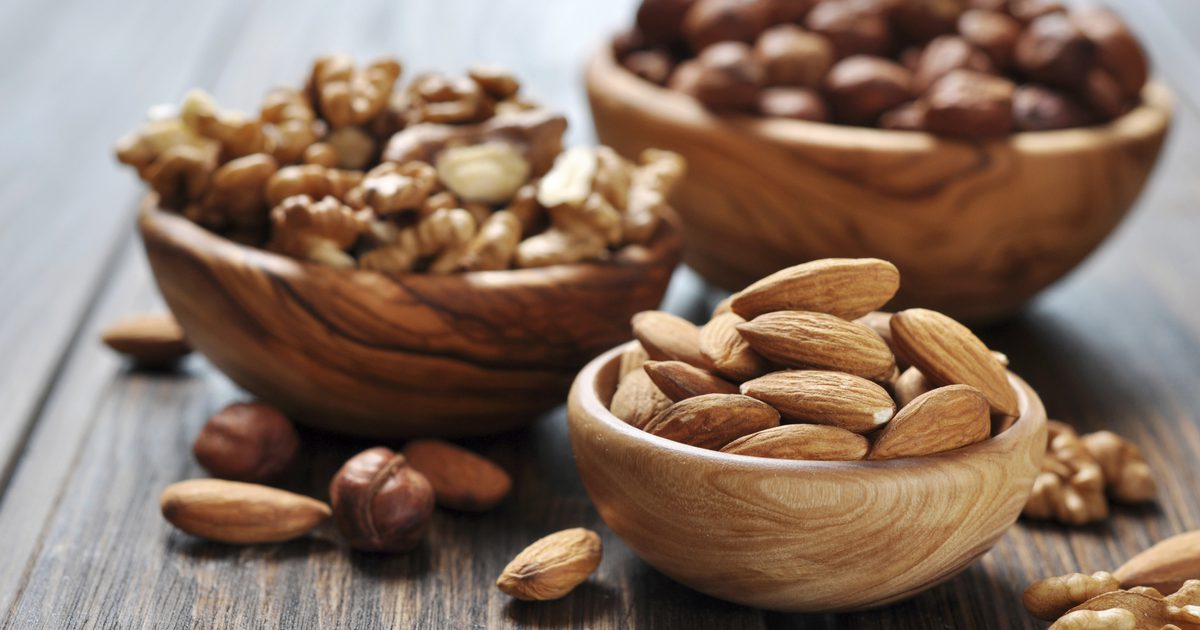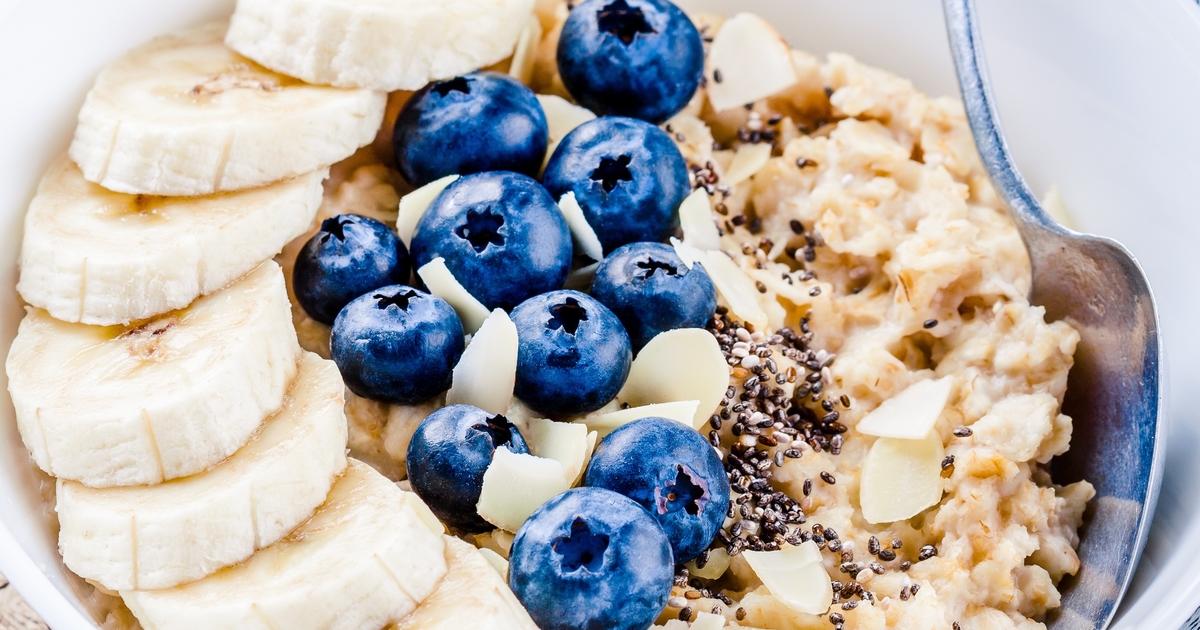Creating A Diet To Lower Cholesterol
Cholesterol is a fatty substance found throughout the body. While some cholesterol is necessary to digest foods and manufacture vitamin D and certain hormones, individuals who have high cholesterol are at an increased risk of cardiovascular disease and stroke. Doctors can monitor a patient's cholesterol levels with simple blood tests, and most recommend healthy adults over twenty years old to have a cholesterol test at least once every five years. Individuals with high cholesterol need more frequent testing. If cholesterol is elevated, dietary changes are typically advised, and some patients may need to use cholesterol-lowering medications such as statins or newer injectable drugs too.
To reduce cholesterol levels with a dietary approach, current guidelines suggest making the changes described below.
Look For High-Fiber Foods
Individuals who have elevated cholesterol may wish to look out for high-fiber foods as they begin to adopt a healthier lifestyle. A type of fiber known as soluble fiber is especially beneficial in the reduction of cholesterol. This form of fiber binds to cholesterol while it is in the small intestine, preventing the cholesterol from being absorbed by the body. Current guidelines recommend female patients should consume twenty-five grams of fiber each day, and male patients should aim to consume thirty-eight grams. Nationally, most individuals only consume fifteen grams of fiber per day. Research indicates increasing soluble fiber intake by just five to ten grams each day can reduce low-density lipoprotein (LDL) cholesterol by five percent. Oats, green peas, apples, and several types of beans and citrus fruits are all high in fiber; each contains roughly one to three grams of fiber per serving. In particular, oats are especially helpful in lowering cholesterol since they contain beta-glucan, a type of soluble fiber that may reduce total cholesterol and LDL cholesterol by up to 14.5 percent (based on the consumption of eleven grams of beta-glucan each day). Patients who adopt a high-fiber diet should typically see changes in their cholesterol after four weeks.
Uncover more information on creating a diet to lower cholesterol now.
Don't Forget About Nuts

Individuals must not forget about nuts when modifying their diet to reduce cholesterol. Although nuts can be high in saturated fats, numerous studies have suggested certain nuts may be especially beneficial in managing high cholesterol. Like oats and beans, nuts contain soluble fiber that removes cholesterol from the bloodstream before it is absorbed. For example, both almonds and walnuts contain antioxidants that stop cholesterol from reaching the arteries, and they also have plant sterols that reduce the amount of cholesterol that enters the bloodstream. Monounsaturated fats account for roughly seventy percent of the total fat content in a serving of almonds. These fats have been shown to clear cholesterol from the arteries. Similarly, a 2004 study found consuming walnuts as part of a Mediterranean diet was associated with a reduction in LDL cholesterol and total cholesterol, and the nuts increased the elasticity of the arteries by sixty-four percent. Research indicates pecans and macadamia nuts also contribute to a reduction in LDL cholesterol. Since nuts are such a concentrated source of nutrients and fats, patients should carefully measure out an appropriate portion before they eat.
Read more about reducing cholesterol through diet now.
